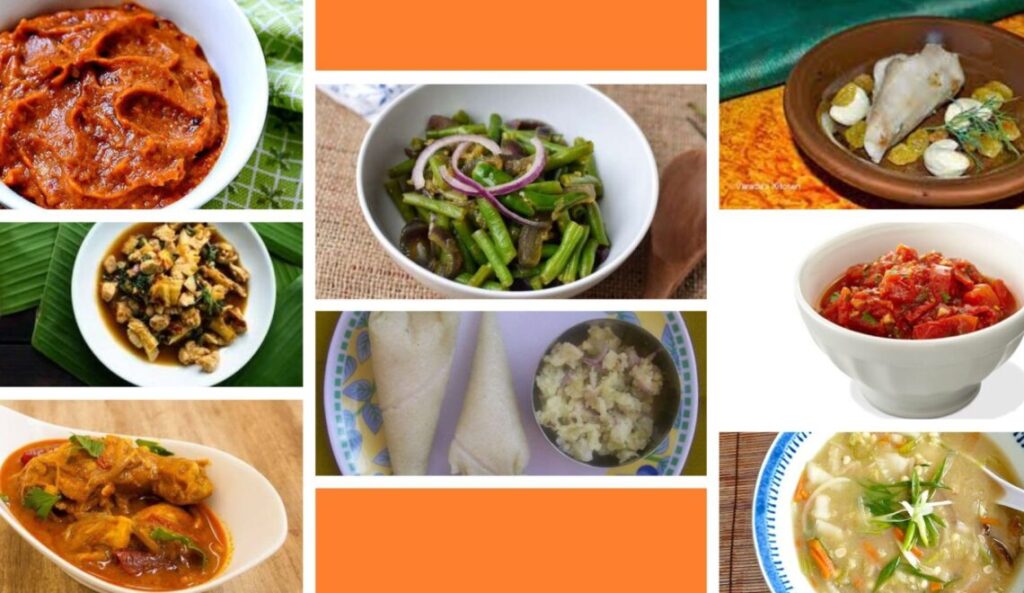Situated in the northeastern corner of India, Tripura offers a captivating blend of culture, traditions, and history that captivate the senses.
Among the many remarkable facets of this state, its culinary heritage stands out as a testament to the region’s richness.
Embarking on a journey into Tripura’s traditional food culture takes us beyond mere ingredients and recipes; it invites us to uncover the narratives, customs, and the profound link between the people and their culinary legacy.
From the fragrant spices to the locally sourced components, each dish not only tantalizes the taste buds but also weaves a narrative of identity, tenacity, and the inseparable connection between cuisine and heritage.
1. Mui Borok

Mui Borok is a delectable traditional dish from Tripura that showcases the state’s rich culinary heritage, prepared with a combination of rice and vegetables. Mui Borok is a wholesome meal that reflects Tripura’s indigenous flavors and cultural significance.
The dish typically consists of steamed rice served with various accompaniments, ranging from bamboo shoot-based curries to fermented fish preparations. One of the standout features of Mui Borok is the emphasis on incorporating local ingredients. Using bamboo shoots, herbs, and locally sourced vegetables imparts a distinct earthy flavor.
Mui Borok also often includes protein sources like fish, pork, or chicken, adding depth to its taste profile. The preparation of Mui Borok is a labor of love, involving careful selection and combination of ingredients to create a harmonious blend of flavors.
The dish not only satiates hunger but also serves as a symbol of the cultural identity of the Tripuri people. Mui Borok is not just a meal; it’s a celebration of tradition, community, and the bounties of nature.
2. Mui Champrai
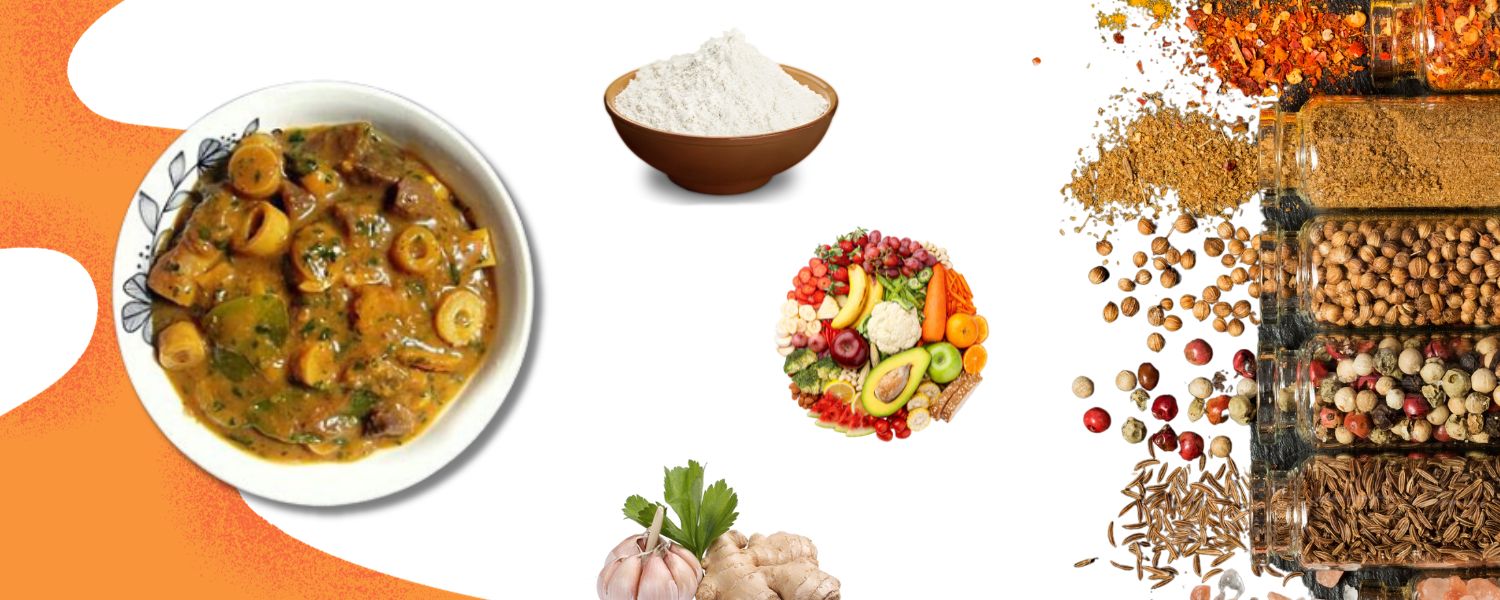
Mui Champrai is another culinary gem from the state of Tripura that encapsulates the essence of its traditional cuisine. This dish is a savory pancake made from a batter of rice flour and grated vegetables.
Mui Champrai is often enjoyed as a breakfast item or snack, offering a delightful combination of flavors and textures. The preparation of Mui Champrai involves mixing rice flour with a medley of vegetables such as grated carrots, onions, and sometimes even cabbage.
This mixture is then spiced with local herbs and seasonings to enhance its taste. The batter is ladled onto a hot grill, where it’s cooked to perfection, resulting in a crispy exterior and a tender, flavorful interior.
What makes Mui Champrai truly special is its simplicity and versatility. It can be enjoyed independently or paired with chutneys and sauces for an added kick. The use of local vegetables makes it a healthy choice and reinforces the connection between food and the region’s agricultural bounty.
3. Wahan Mosdeng
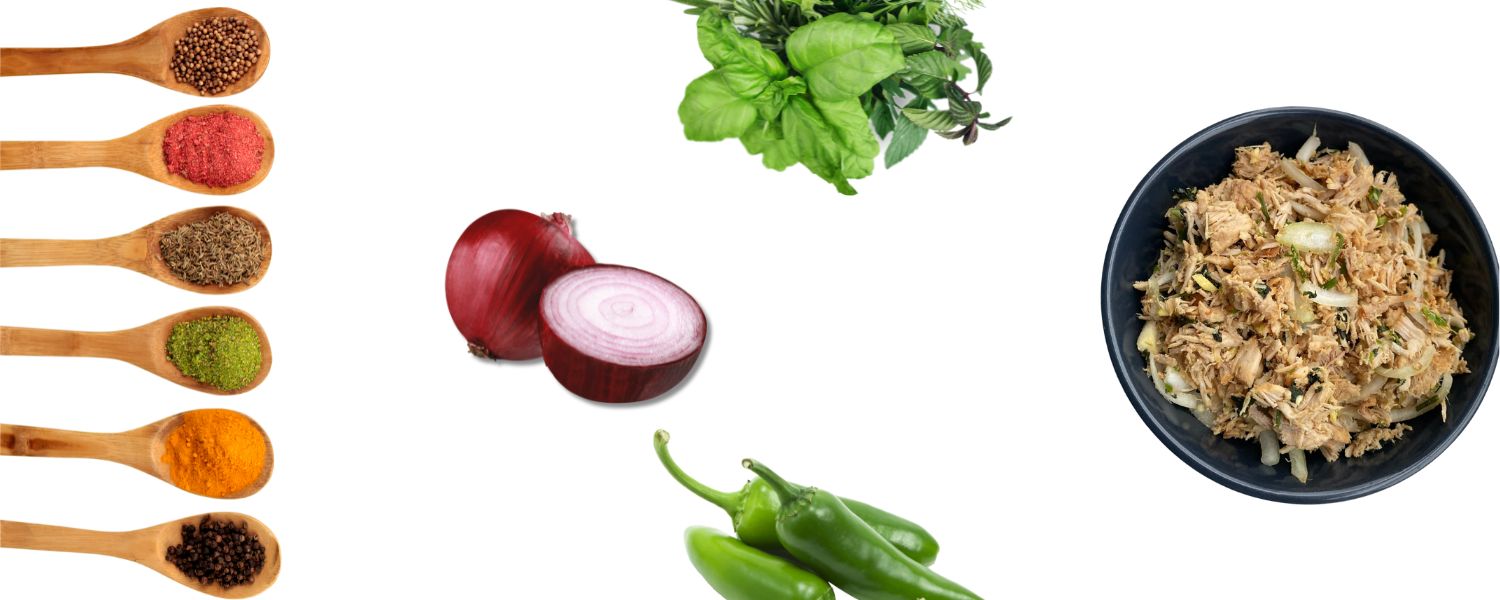
Wahan Mosdeng is a traditional Tripuri salad that exemplifies the art of combining fresh ingredients to create a burst of flavors and textures. The stalks of the wahan plant, native to the region, primarily make up this salad.
The stalks are finely sliced and mixed with green chilies, onions, and other herbs. The key to Wahan Mosdeng’s appeal lies in its simple yet powerful combination of ingredients.
The crunchiness of the wahan stalks, the heat from the chilies, and the freshness of the herbs create a symphony of refreshing and satisfying tastes. The salad is often seasoned with salt and sometimes even lemon juice for a tangy twist.
Wahan Mosdeng reflects the resourcefulness of Tripuri cuisine and showcases the connection between food and nature. This dish is a testament to the culinary creativity of the Tripuri people, who have perfected the art of crafting delicious meals from locally available ingredients.
4. Chikhvi
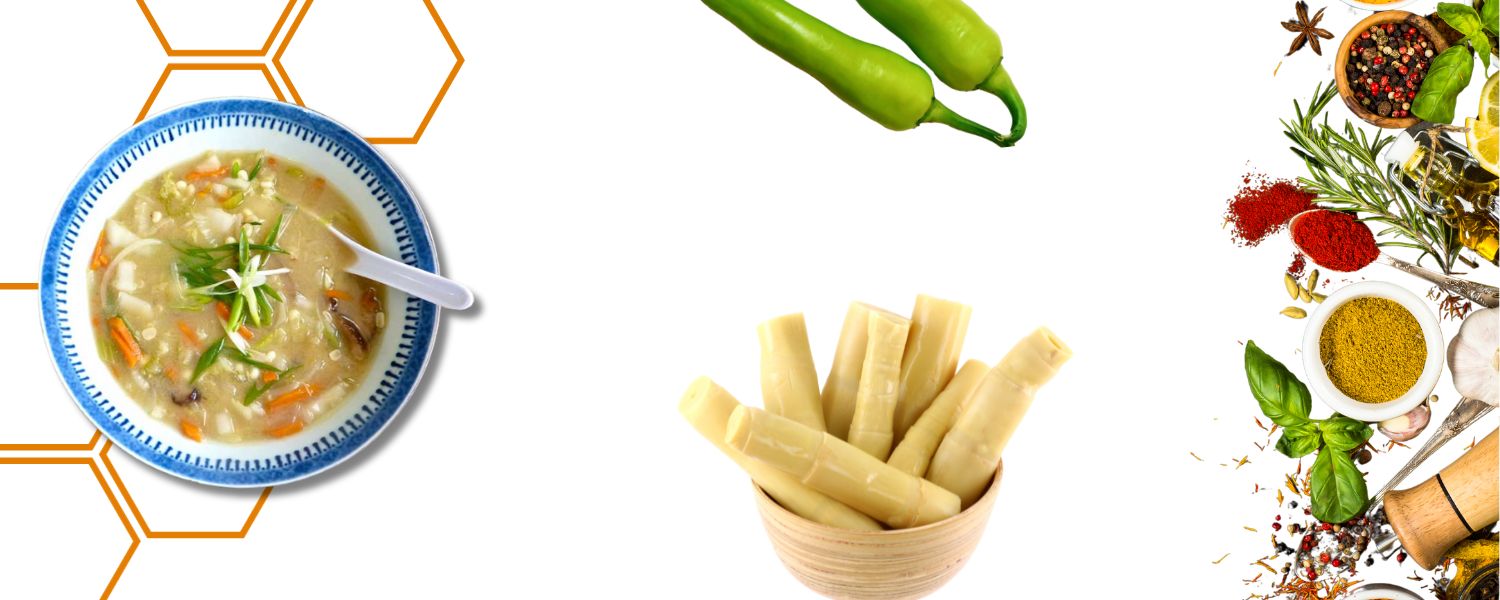
Chikhvi is a delectable traditional dish hailing from the northeastern Indian state of Tripura. This dish showcases the culinary expertise of the Tripuri people and embodies their rich cultural heritage. Chikhvi is essentially a curry that features bamboo shoots as its star ingredient.
The bamboo shoots are first cleaned, sliced, and then cooked with aromatic spices to create a flavorful and savory dish. The process of preparing Chikhvi is intricate and requires skillful hands. To remove any bitterness before cooking with a medley of spices, herbs, and sometimes meat or fish, one must carefully process the bamboo shoots.
The resulting curry is a harmonious blend of flavors that range from earthy and slightly tangy to rich and spicy. Chikhvi is often served with steamed rice, complementing the flavors and adding a comforting element to the meal.
5. Mui Borok Chutney
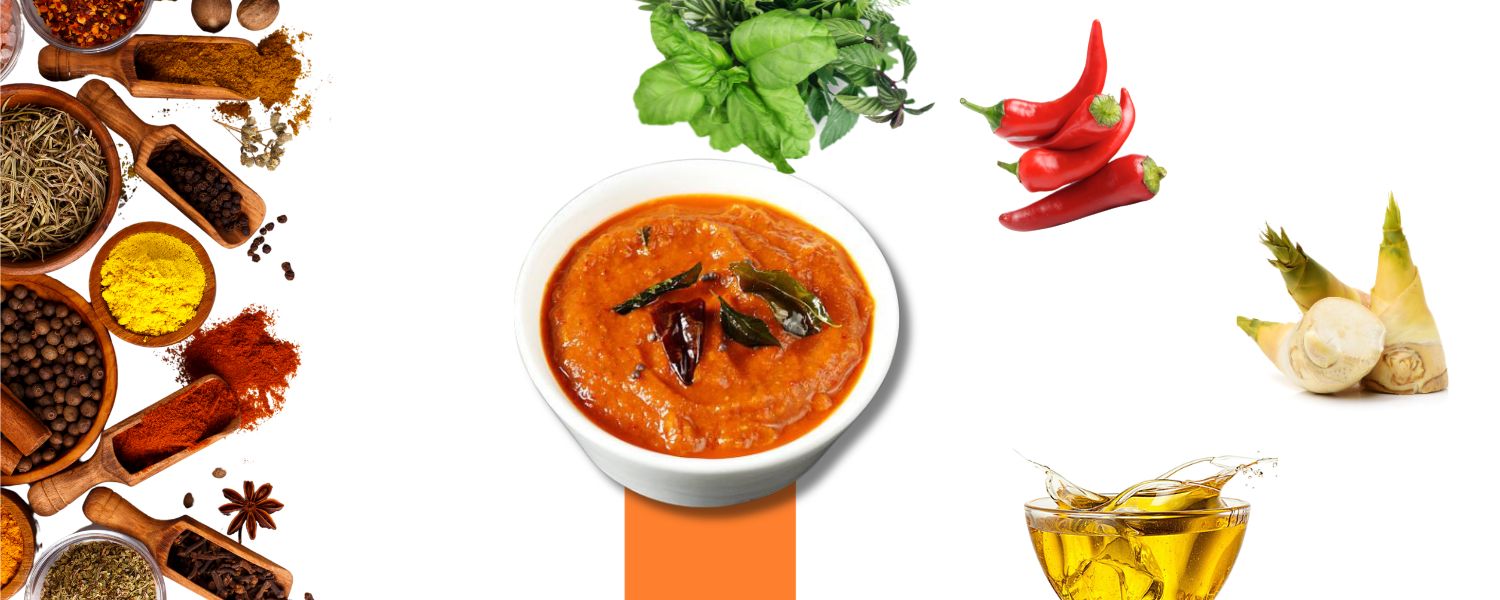
Mui Borok Chutney is a vibrant condiment that significantly influences Tripura’s culinary landscape. Borok, in the local language, refers to the indigenous communities of Tripura. This chutney is a delightful combination of fiery red chilies, bamboo shoots, and various spices.
The chilies are pounded to perfection and blended with other ingredients to create a robust and aromatic chutney. The Mui Borok Chutney is not only about its spicy kick but also about the complexity of its flavors.
The earthiness of the bamboo shoots balances the pungency of the chilies, and the overall flavor profile is elevated with the inclusion of indigenous spices.
This chutney is a versatile accompaniment paired with a range of dishes, from rice-based meals to meats and even snacks. It not only adds a burst of flavor to the plate but also serves as a cultural representation of Tripura’s culinary identity.
6. Mui Borok Mosdeng
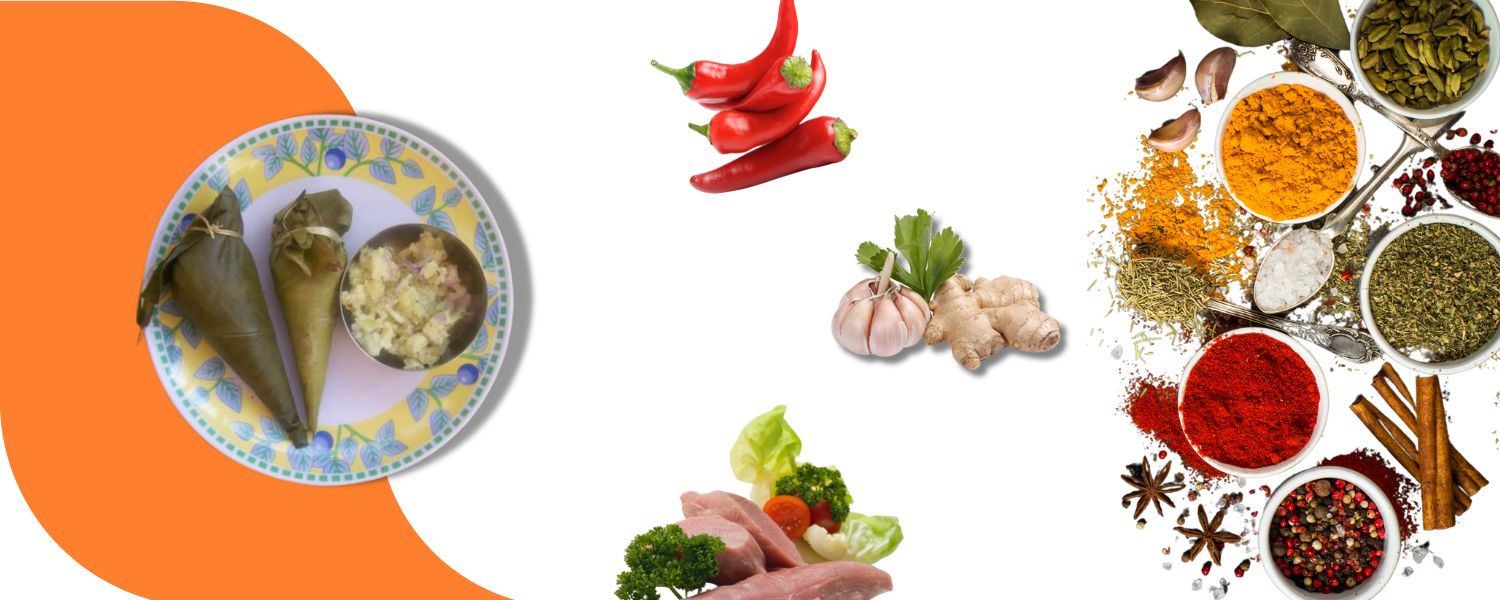
Mui Borok Mosdeng is a delectable Tripuri dish that exemplifies the region’s culinary artistry. This dish embodies the harmonious blend of flavors and textures that characterize Tripura’s traditional cuisine. “Mui Borok” translates to “The People’s Food,” emphasizing its cultural significance.
Mosdeng refers to the key technique involved in marinating and seasoning. To prepare Mui Borok Mosdeng, succulent chunks of pork or sometimes fish are marinated with local ingredients. These include crushed red chili peppers, garlic, ginger, and green herbs.
Then grill or smoke the marinated meat to perfection, infusing it with a smoky and spicy essence. The dish showcases Tripura’s love for bold flavors and contrasts, with the tender meat offsetting the fiery marinade.
Ready to discover more about the Monuments of Tripura and their fascinating culinary traditions? Don’t miss out! Read our blog for an in-depth exploration of these hidden gems.
7. Mosdeng Serma
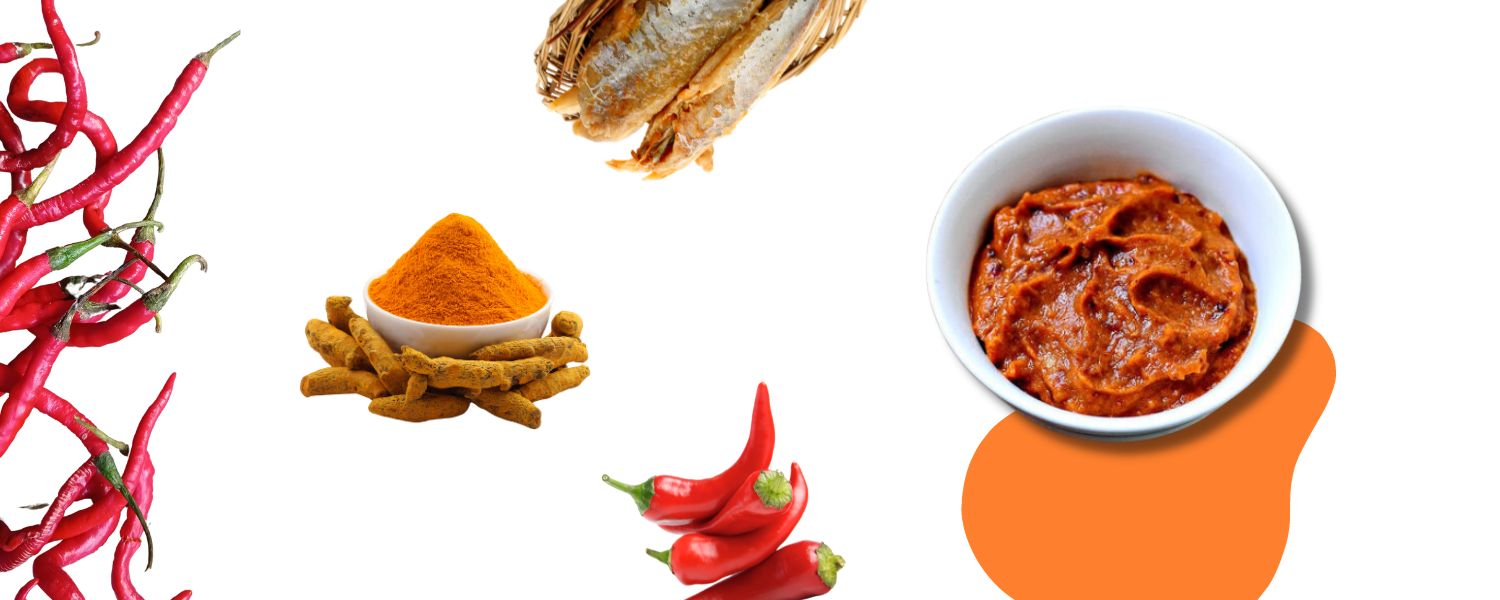
Mosdeng Serma is a captivating Tripuri delicacy encapsulating the region’s culinary heritage. “Mosdeng” signifies marinating, while “Serma” refers to small fish. This dish is a testament to the creative use of local ingredients, reflecting the harmony between nature and cuisine in Tripura.
To craft Mosdeng Serma, small fish are meticulously cleaned and marinated with a mixture of red chili paste, turmeric, and mustard oil.
The fish are then sun-dried, allowing the flavors to intensify and meld. When prepared, the result is a medley of sensations—crunchy, spicy, and aromatic. The sun-drying process preserves the fish, contributing to its unique texture and taste.
8. Mui Borok Shak
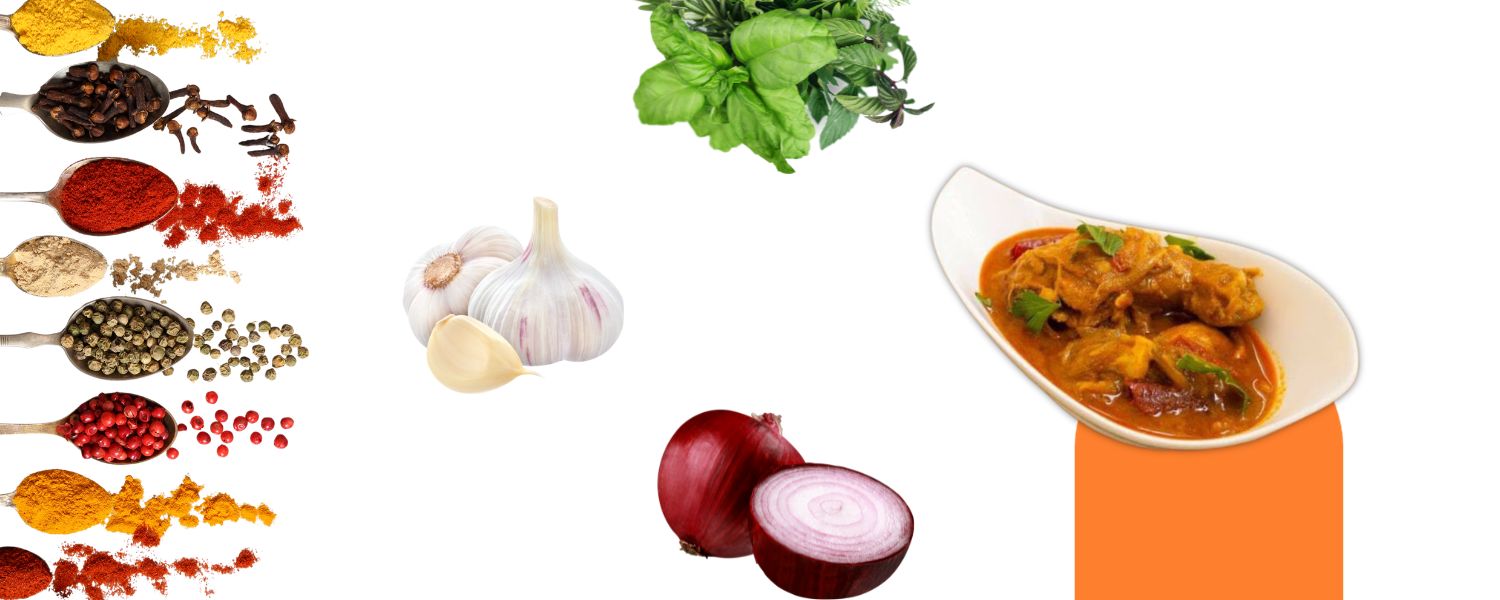
Mui Borok Shak is a vibrant Tripuri dish that showcases the region’s ingenious use of vegetables and herbs. “Mui Borok” refers to the people’s cuisine, and “Shak” translates to greens, emphasizing the local touch in this creation.
To craft Mui Borok Shak, harvesters gather various fresh leafy greens from the hills and forests of Tripura. They then skillfully cook these greens with minimal spices, allowing their natural flavors to shine.
Often, these greens are sautéed with garlic, onion, and sometimes a touch of fermented fish or bamboo shoot, which adds depth and complexity to the dish. Mui Borok Shak is a true celebration of the land’s bounty, offering a wholesome and nutritious experience that resonates with the people’s connection to nature.
9. Bangui
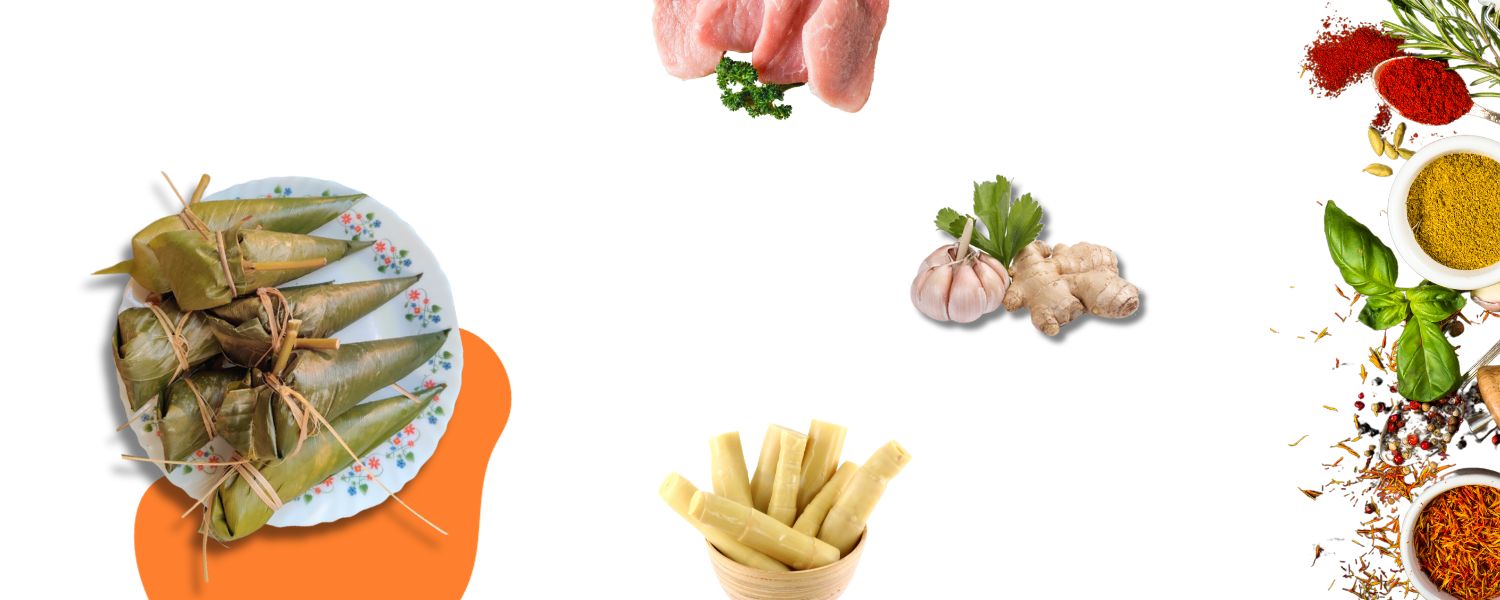
Bangui is a traditional Tripuri dish that holds a special place in the culinary heritage of Tripura.The region’s agrarian lifestyle and resourceful cooking practices primarily prepare this flavorful dish using local ingredients like bamboo shoots and pork.
Careful slicing combines tender bamboo shoots with marinated pork to create Bangui. The mixture then seasons the dish with a blend of indigenous spices, including turmeric, ginger, and chilies, infusing it with a delightful aroma and a hint of heat.
The art of cooking Bangui lies in the meticulous balance of flavors and the use of traditional cooking methods. The combination of tender bamboo shoots and succulent pork creates a harmonious blend of textures, while the spices add depth and complexity to the taste profile.
People often prepare this dish during festive occasions, family gatherings, and cultural celebrations, where it symbolizes tradition and togetherness.
10. Muitru
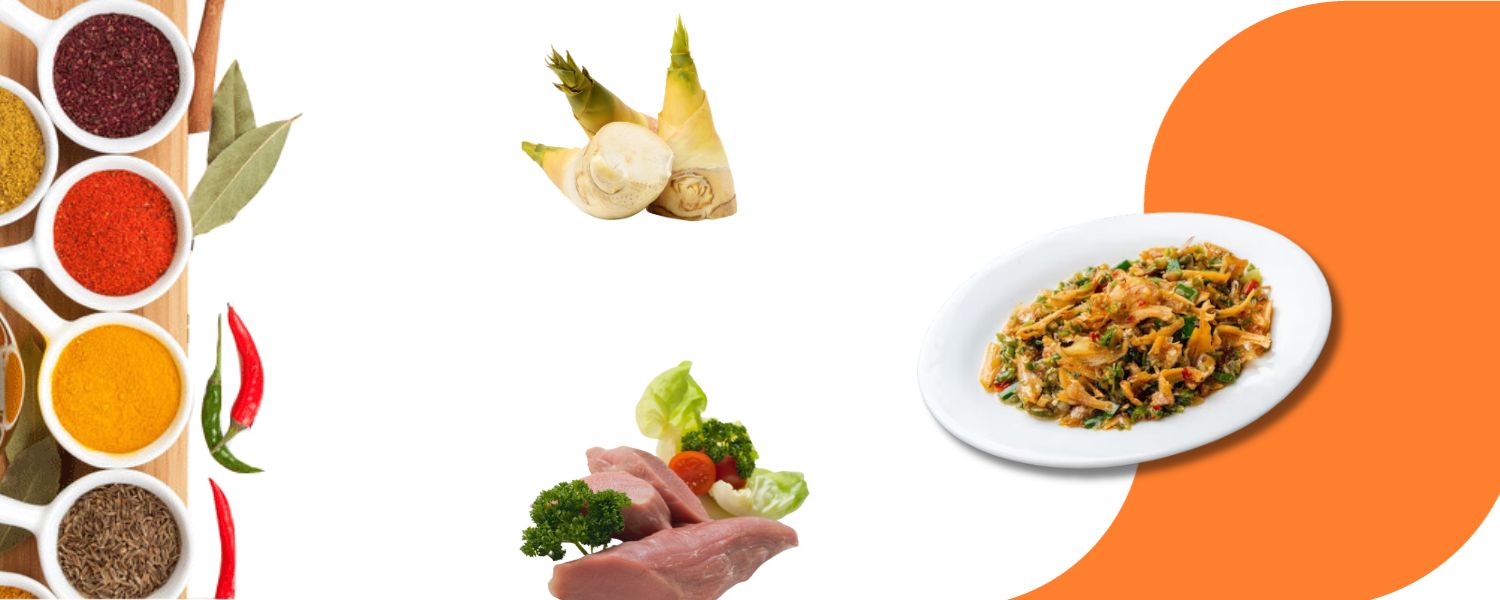
Muitru is a unique Tripuri dish that exemplifies the region’s culinary creativity and resourceful approach to cooking. This savory concoction primarily features bamboo shoots and pork, bringing together local ingredients in a harmonious blend of flavors.
To prepare Muitru, slice bamboo shoots and cook them alongside marinated pork. The use of traditional spices like ginger, turmeric, and chilies adds depth to the taste. What makes Muitru distinct is its cooking method.
Traditionally, people slow-cook it in earthen pots, allowing the flavors to meld together over time. This slow cooking process imparts a rich and intense taste to the dish, making it a local favorite and a window into Tripura’s culinary heritage.
11. Awan Bangwi
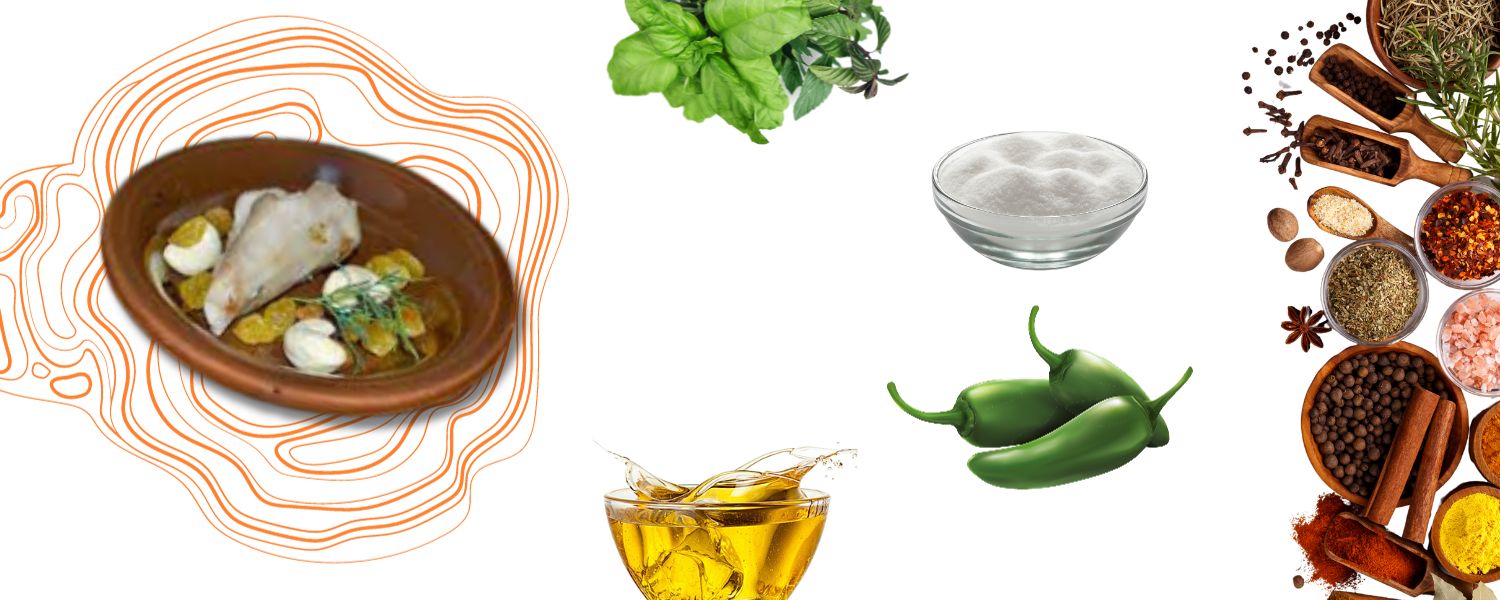
Awan Bangwi is a classic Tripuri dish that showcases the region’s penchant for using bamboo shoots in their cuisine. Finely chop bamboo shoots and mix them with various indigenous spices, including mustard oil, green chilies, and salt to prepare this dish.
Wrap the mixture in banana leaves and tie it with bamboo strings to create a distinct cylindrical shape. Roast or steam the wrapped bamboo shoot mixture to allow the flavors to infuse and intensify within the package.
Once cooked, Awan Bangwi offers a unique combination of textures and flavors. The earthy aroma of bamboo shoots, combined with the zest of mustard oil and the subtle heat of chilies, creates a memorable culinary experience. Awan Bangwi is not only a testament to Tripura’s culinary creativity but also a reflection of the resourceful use of local ingredients in their traditional dishes.
12. Kosoi Bwtwi
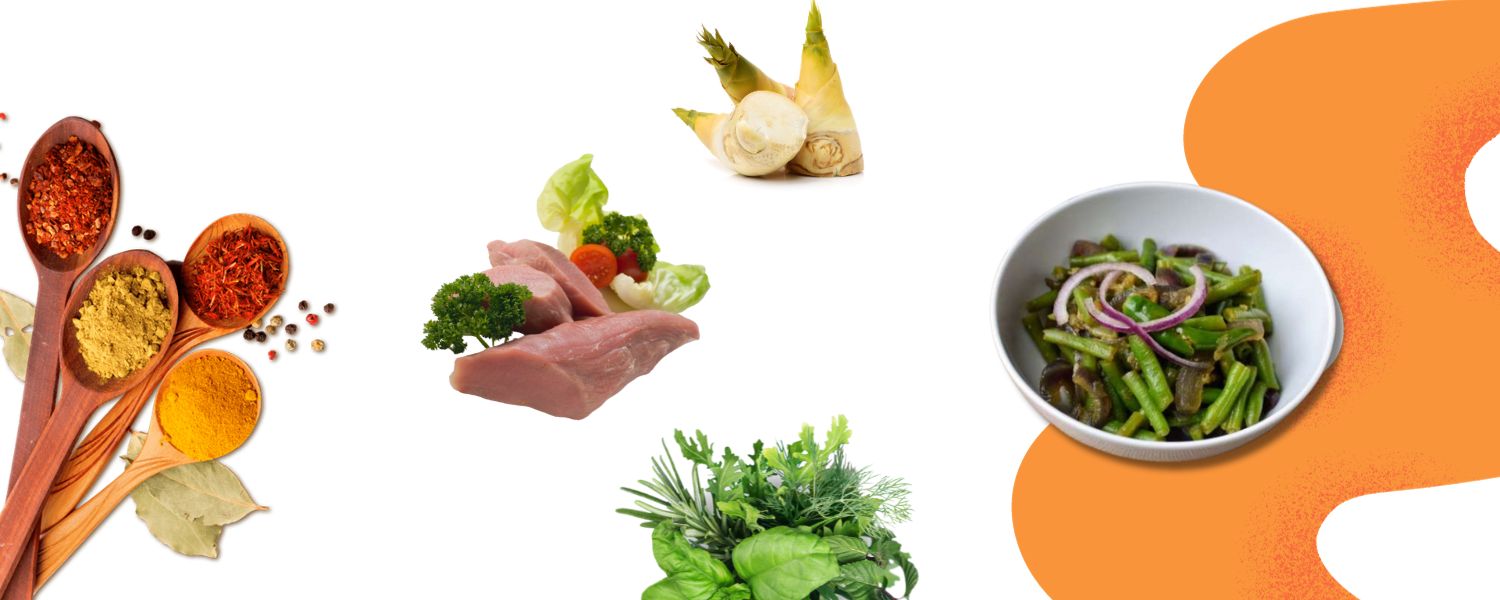
Kosoi Bwtwi is a delectable traditional dish that holds a special place in Tripura’s culinary heritage. This dish showcases the state’s love for bamboo shoots, a common ingredient in Tripuri cuisine. Meticulously cleaning and slicing tender bamboo shoots, then cooking them with aromatic spices and herbs prepares the dish.
Adding various ingredients, such as pork, fish, or vegetables, imparts a unique flavor profile to the dish, making it a favorite among locals and visitors. The tender texture of bamboo shoots combined with the rich flavors of meat or vegetables creates a delightful contrast that characterizes Kosoi Bwtwi.
The dish often features a mix of indigenous spices, resulting in a harmonious blend of tastes that exemplifies Tripura’s culinary artistry. Whether enjoyed with steaming rice or as a side dish, Kosoi Bwtwi offers a sensory journey into Tripura’s cultural and gastronomic heritage.
13. Mui Borok Khundrupui
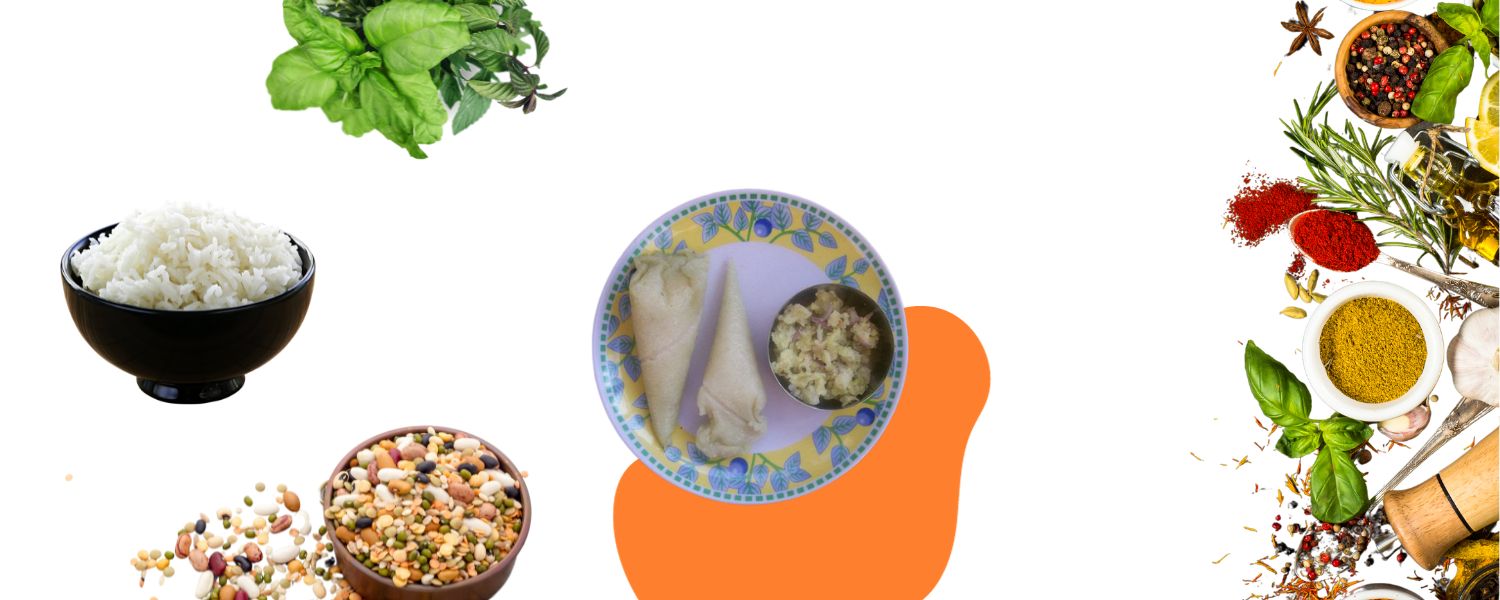
Mui Borok Khundrupui is a traditional Tripuri dish that exemplifies the ingenious use of locally available ingredients. It’s a hearty preparation that combines pulses, herbs, and various vegetables to create a flavorful and nourishing stew.
People often make the dish with lentils or legumes like beans, showcasing Tripura’s focus on sustainable and wholesome eating. In Mui Borok Khundrupui, we carefully choose the ingredients to provide a balanced meal that satisfies taste and nutrition.
Using indigenous herbs and spices imparts a distinct aroma and taste deeply rooted in Tripura’s culinary traditions. Many locals often enjoy the dish with rice, enhancing its heartiness and making it a comfort food.
14. Gudok
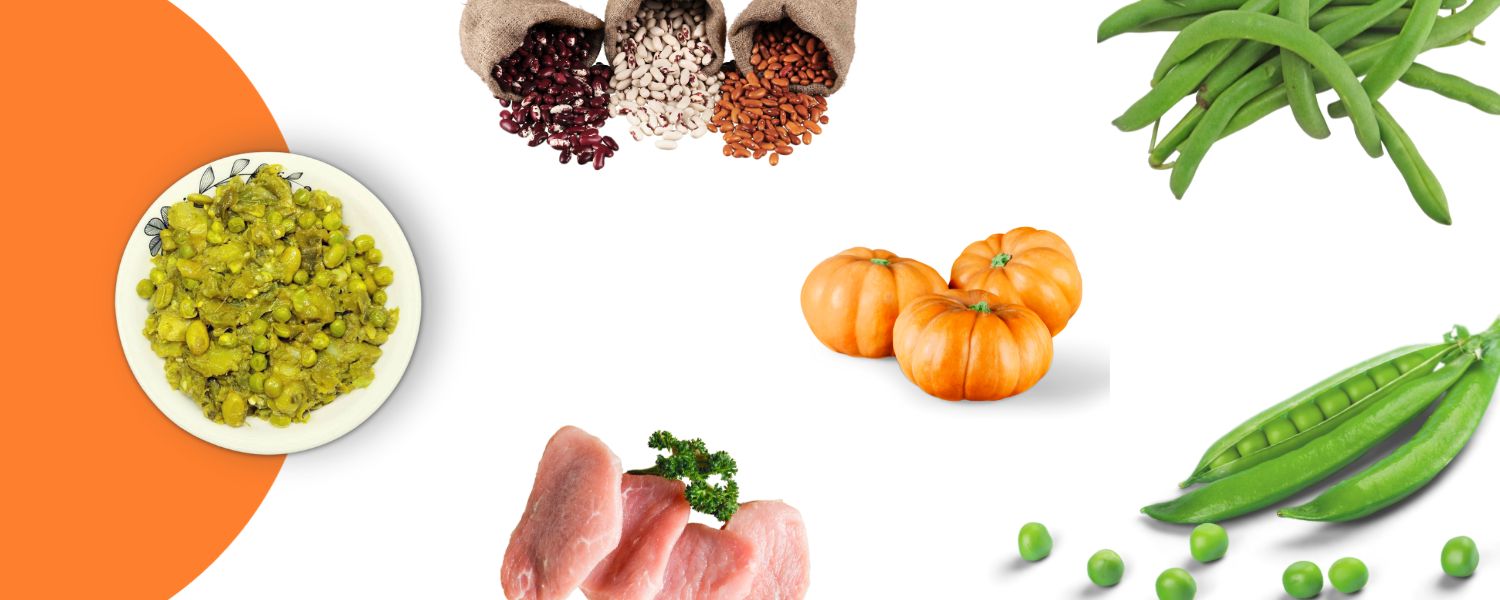
Gudok is a beloved Tripuri dish that highlights the resourcefulness of the region’s cuisine. It’s a simple yet flavorful preparation that involves slow-cooking a combination of vegetables like pumpkins, beans, colocasia leaves, and meat or fish. The slow cooking process allows the ingredients to meld together, resulting in a rich taste and texture dish.
Gudok’s appeal lies in its rustic charm and how it combines various elements of Tripuri cuisine. The use of locally available ingredients and the skillful blending of flavors reflect the essence of traditional Tripura food culture.
People often enjoy Gudok with rice, creating a wholesome meal that showcases the region’s deep connection between food and heritage.
Conclusion
As we conclude our exploration of “Beyond Borders: A Glimpse into Tripura’s Traditional Food Culture,” it becomes clear that we have merely scratched the surface of this state’s gastronomic treasures.
This voyage through Tripura’s traditional dishes has provided a glimpse into how food acts as a bridge between generations, ensuring that age-old flavors remain cherished even in a contemporary era.
The journey emphasizes that food is far more than a means of sustenance—it conveys tradition, attests to human ingenuity, and serves as a channel through which cultures share and safeguard themselves.
So, let us continue to relish each bite for its taste, the stories it encapsulates, and the heritage it honors.
